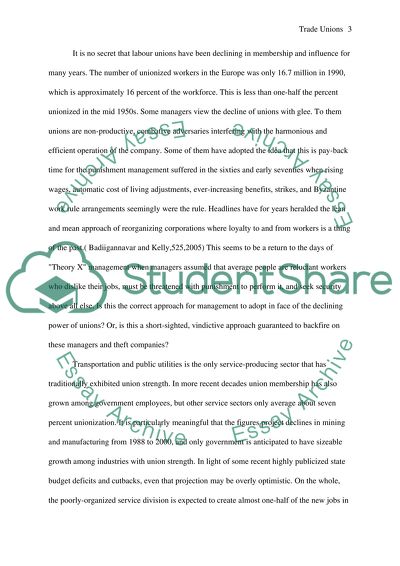Cite this document
(“Reasons for the Decline in Union Membership and Density in the 21st Research Paper”, n.d.)
Reasons for the Decline in Union Membership and Density in the 21st Research Paper. Retrieved from https://studentshare.org/politics/1503522-trade-unions-essay
Reasons for the Decline in Union Membership and Density in the 21st Research Paper. Retrieved from https://studentshare.org/politics/1503522-trade-unions-essay
(Reasons for the Decline in Union Membership and Density in the 21st Research Paper)
Reasons for the Decline in Union Membership and Density in the 21st Research Paper. https://studentshare.org/politics/1503522-trade-unions-essay.
Reasons for the Decline in Union Membership and Density in the 21st Research Paper. https://studentshare.org/politics/1503522-trade-unions-essay.
“Reasons for the Decline in Union Membership and Density in the 21st Research Paper”, n.d. https://studentshare.org/politics/1503522-trade-unions-essay.


